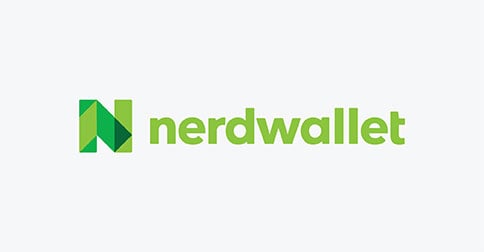Robo-advisors are online investment advisors that manages your money via computer algorithm. These services select investments (most commonly exchange-traded funds), rebalance your portfolio automatically, and look for tax-loss harvesting opportunities as needed. But long before robo-advisors appeared on the scene there was the target-date fund, a mutual fund designed to age along with you. So which of these ways of hands-off investing is better?
Target-date funds vs. robo-advisors
With target-date funds, an investor chooses a fund that most closely matches the year in which he or she plans to retire. Someone who is in their mid to late twenties, for instance, might choose a fund with a target date of 2055. That means that the fund will adjust its holdings over the coming decades on what’s called a “glide path,” taking more risk now when the investor is young and less risk as the target year approaches and retirement is imminent.
This rebalancing happens automatically, at least from the view of the investor. But there are often real people involved: Many target-date funds are overseen by fund managers. Previously, these funds were knocked for having very little room to change the glide path in response to market conditions; these days, more and more funds are giving managers leeway to make those tactical adjustments, within certain limits.
Target-date funds may very well be the biggest competition for robo-advisors (aside from, of course, real live investment advisors). Robo-advisors say they have a leg up for a multitude of reasons, one of which is that they factor in more than just age. Robo-advisors, on the other hand, tend to take their clients through a short survey that asks not only about their age but also their income, current savings, risk tolerance and goals.
How to choose between a target-date fund and a robo-advisor
Account type
If you’re primarily investing in a 401(k), that settles this debate: Most robo-advisors won’t manage your 401(k) — you’ll need to open a separate IRA or taxable account. (One exception: Blooom, which manages workplace retirement plans.) If your company offers matching dollars on 401(k) contributions, you’ll want to grab those before considering any outside accounts. Nearly all 401(k)s offer target-date funds as an investment option, and it’s likely your best hands-off choice within that type of account.
Once you’ve captured all of those matching dollars, consider making additional investments into an IRA, and that’s when you may want to consider a robo-advisor.
Costs
A fund’s expense ratio is the annual fee you pay to have money in that fund. A ratio of 0.5%, for example, means you pay 0.5% of your balance in fees each year. According to data from Morningstar, target-date mutual funds carried expense ratios that averaged 0.37% in 2020. Funds that are actively managed will generally have a higher expense ratio; passively managed funds will be less expensive because you’re not paying for a person to pull the levers. Target date funds may also cost money to purchase, though most brokerages won’t charge you for purchasing their own funds, and because these funds are designed to be held until retirement, those costs add very little.
Robo-advisors typically invest in low-cost ETFs with much lower expense ratios, ranging from 0.05% to 0.20% in most cases. But you’ll also pay management fees to a robo-advisor, and those are usually around 0.25%. Robo-advisors generally do not charge any trade commissions or other fees, though you should always read the fine print.
Investment strategy
Target-date funds are not all the same, and the investments in each can vary widely. They’re marketed as a hands-off strategy, but investors still need to look under the hood: Two funds targeting the same date can have vastly different asset allocations. Target date funds also differ in whether they rebalance “to” or “through” retirement: A “to” fund will dial back its level of risk earlier than a “through” fund, which is designed to continue taking risk through retirement age and beyond.
One last note in this area: Target-date funds are “funds of funds”; in other words, while most mutual funds carry a mix of stocks and bonds, target-date funds invest in other mutual funds. Savvy investors who don’t want to be hands-off could invest in a better mix of funds by self-selecting them from a variety of mutual fund families.
Robo-advisors, too, vary in how they invest your money, but the low-cost ETFs most often used will give the investor exposure to most asset classes. Robo-advisors rebalance by a computer algorithm, often looking for opportunities daily but making changes when money is deposited, dividends are paid, distributions are taken or market fluctuations cause drift; in other words, when the asset allocation moves out of line by a predetermined percentage. Some also look within taxable accounts for opportunities for tax-loss harvesting — taking losses to offset gains and therefore reduce your tax exposure. Robo-advisors have more wiggle room to respond to market conditions.
Level of involvement
Phrases like “set it and forget it” are frequently tossed around, but to be clear, you should always have one eye on your money. This is your retirement, after all. That caveat aside, both target-date funds and robo-advisors allow you to be pretty hands-off once the bones are in place. Robo-advisors give you the added benefit of knowing that someone — or rather, something, in the form of a computer — is checking in on your investments daily to make sure things are on track. You can probably feel more comfortable giving up the reins to a robo-advisor.
Learn more
This post was originally published on Nerd Wallet





